Subnet Services’ CFOT Training Laboratory Activities
The Certified Fiber Optic Technician (CFOT) training of Subnet Services combines both theory and practical exercises with at least 75% hands-on activities. This course introduces the students to industry standards governing fiber to the desk (FTTD), fiber to the home (FTTH), LAN/WAN fiber networks, as well as practical fusion and mechanical splicing.
Ever wondered what is it like to be doing all the laboratory activities during CFOT training? To give you an idea, we will share with you our CFOT hands-on sessions along with some action photos.
First Training Day
The CFOT three-day training of Subnet starts with a lecture that will take place entirely in the morning. Our fiber optic instructors will introduce the students to fiber optics, its history, as well as the future of fiber optics networking. Laboratory activities will commence in the afternoon.
Take a look at the following photos taken during the “Connector Termination (Epoxy-Polished)” practical session.
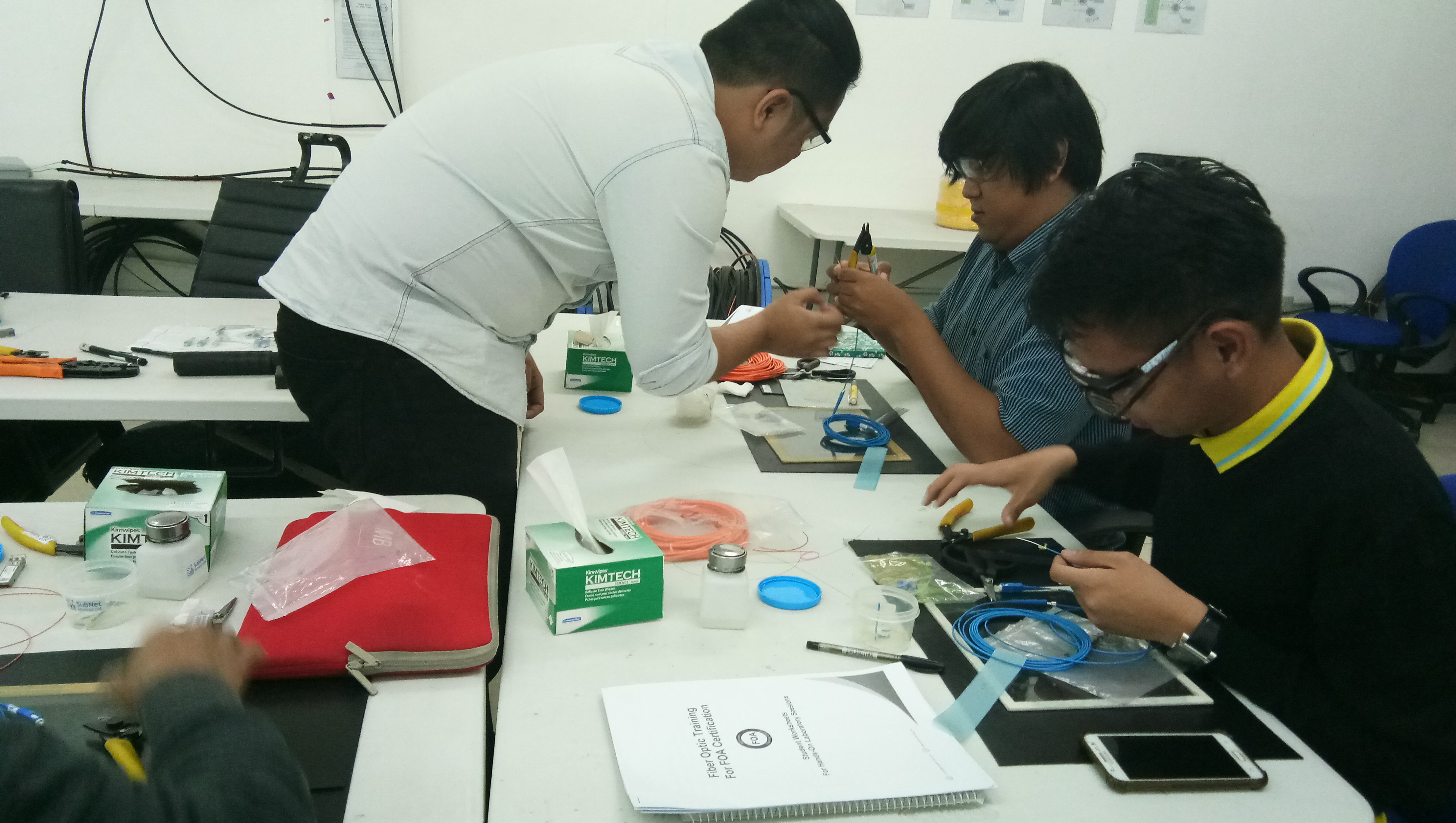
Second Training Day
Laboratory activities continue on the second day of the training wherein students will be doing the following: (1) termination of fiber connector, (2) mechanical and fusion splicing, (3) design and installation of fiber cabling, and (4) introduction to splicing. These hands-on sessions are, of course, coupled with lecture that the instructors give from time to time.
Mechanical Splicing
According to the FOA website, mechanical splices create permanent joints between two fibers by holding the fibers in an alignment fixture and reducing loss and reflectance. This is done with a transparent gel or optical adhesive between the fibers that matches the optical properties of the glass.
Generally, mechanical splices have higher loss and greater reflectance than fusion splices. In addition, they are most popular for fast and temporary restoration or for splicing multimode fibers in a premises installation. Moreover, they are used – without crimping the fibers – as temporary splices for testing bare fibers with optical time-domain reflectometers (OTDRs) or optical loss test sets (OLTSs).
The photos below show CFOT students do the “Mechanical Splicing” activity with the supervision of our instructors.
Fusion Splicing and Installing Splices in Splice Closure
Meanwhile, the photos that follow show students practice “Fusion Splicing and Installing Splices in Splice Closure”, which also takes place on the second day of training.
Fusion splicing, as explained by the FOA, refers to the process of fusing or welding two fibers together usually by an electric arc. It is the most widely used method of splicing as it provides for the lowest loss and least reflectance, as well as providing the strongest and most reliable joint between two fibers.
Third Training Day
Finally, the last day of CFOT training covers the following topics: (1) outside plant fiber cable preparation, termination, and testing; (2) introduction to basic OTDR functions; (3) fiber to the desk; (4) use of the OTDR, power source, and light meter functions; (5) continuity testing, tools, and equipment; and (6) fiber optics safety.
In the photos below, CFOT students do a practical session on testing and troubleshooting using OTDR.
After the lecture and hands-on session, the students will take the FOA certification exam. In any case that a student didn’t pass the exam the first time, he/she can have two retakes.
Subnet Services will then present the CFOT certification to the students who passed as a way of concluding the training.
Interested to take our CFOT training course? You may get in touch with our Customer Sales Team anytime.
Be trained and internationally certified!
Only here at Subnet Services.
Sources:
– Fiber Optic Association. “Mechanical Splices”. thefoa.org. http://www.thefoa.org/tech/ref/termination/mechsplice.html (accessed March 18, 2019)
– Fiber Optic Association. “Fusion Splicing”. thefoa.org. http://www.thefoa.org/tech/ref/termination/fusion.html (accessed March 18, 2019)
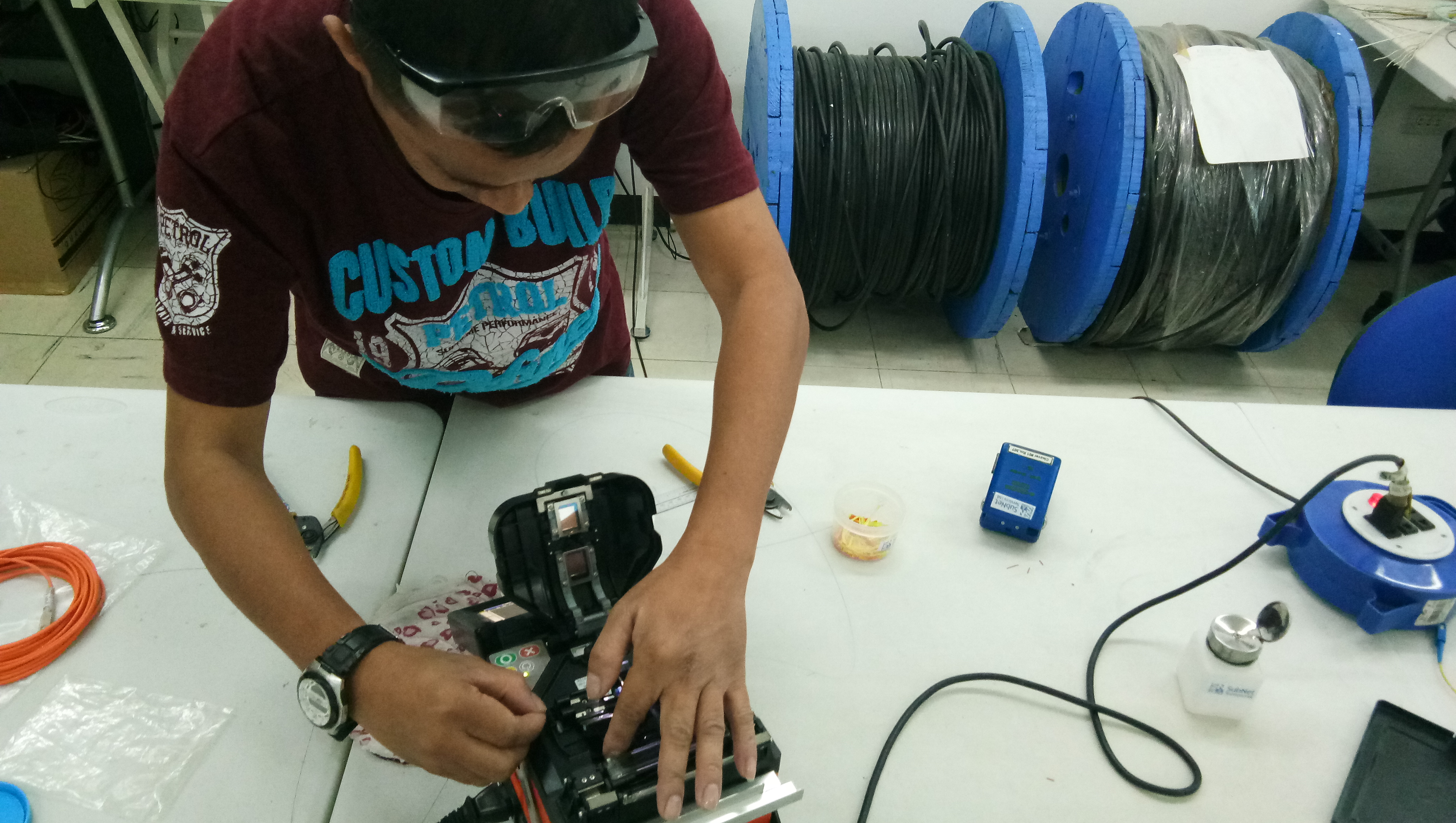
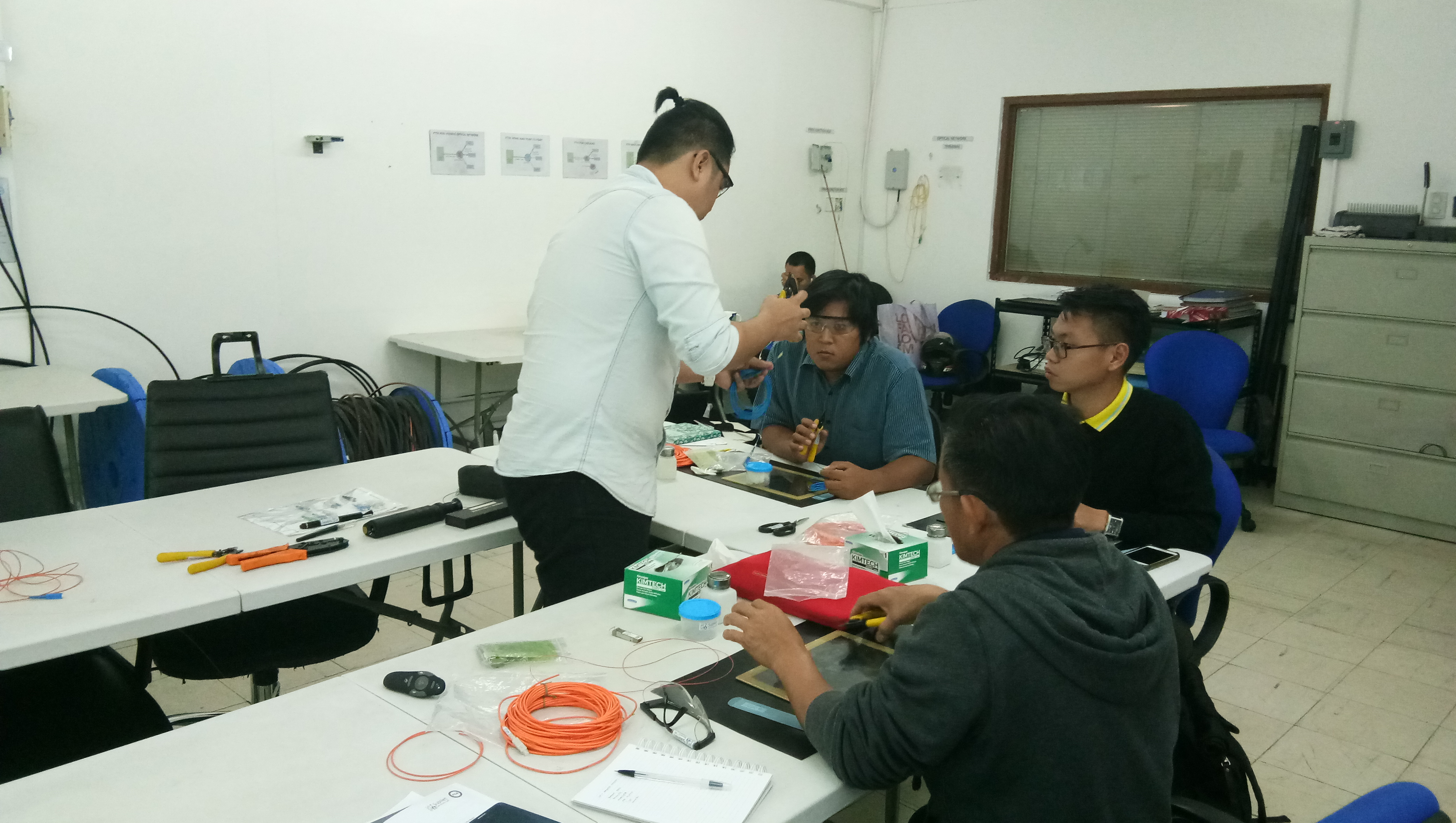
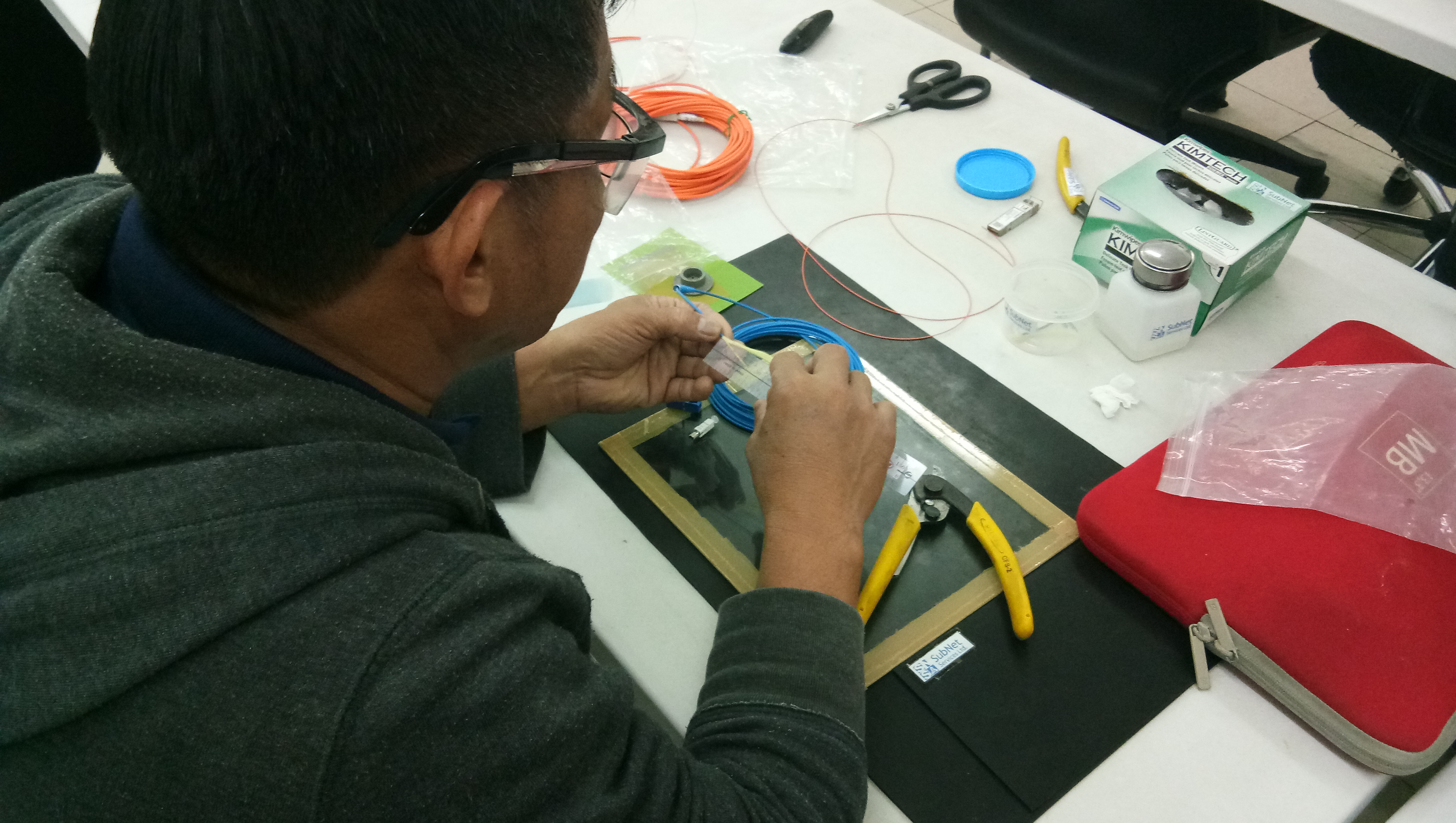
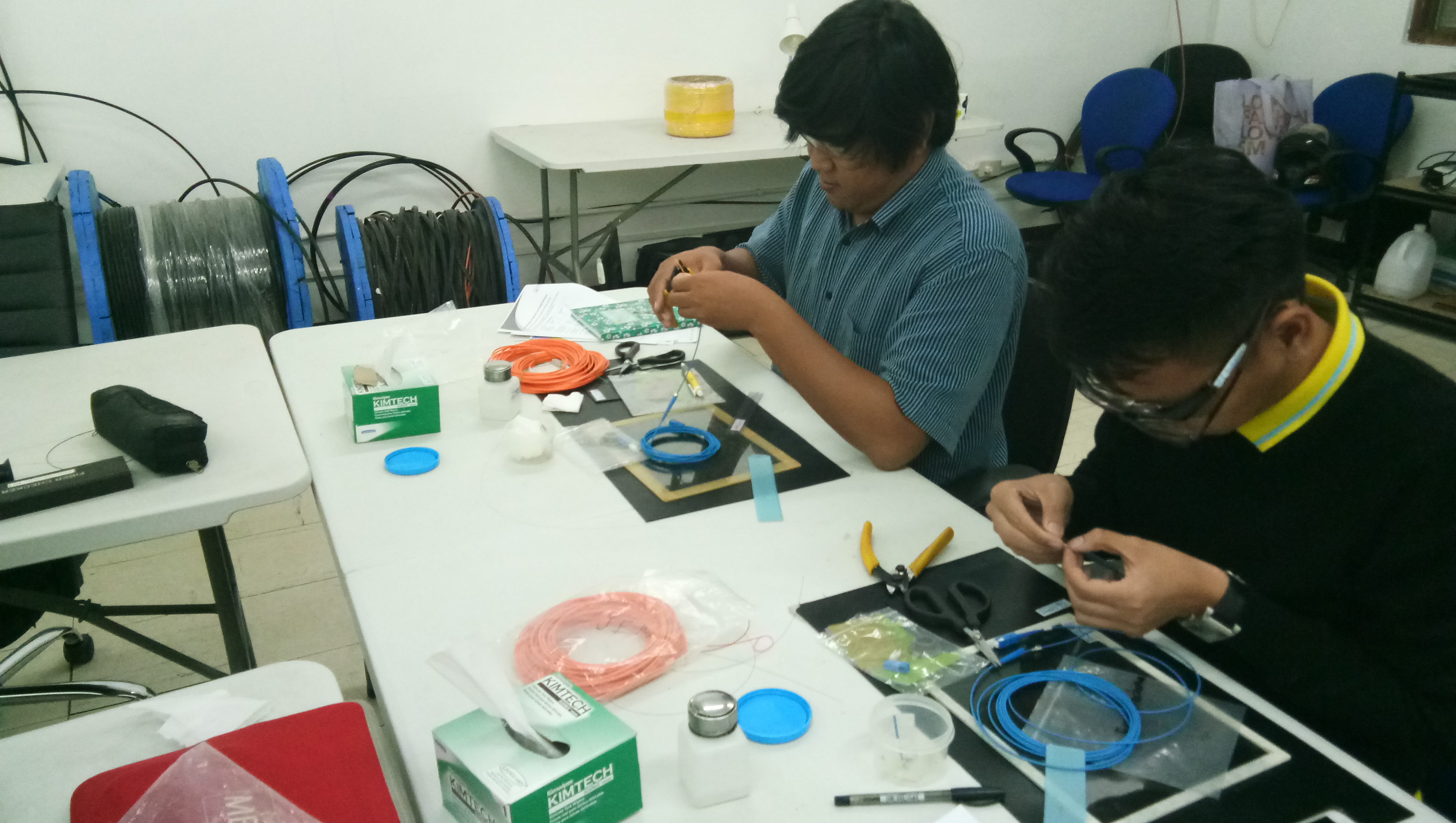
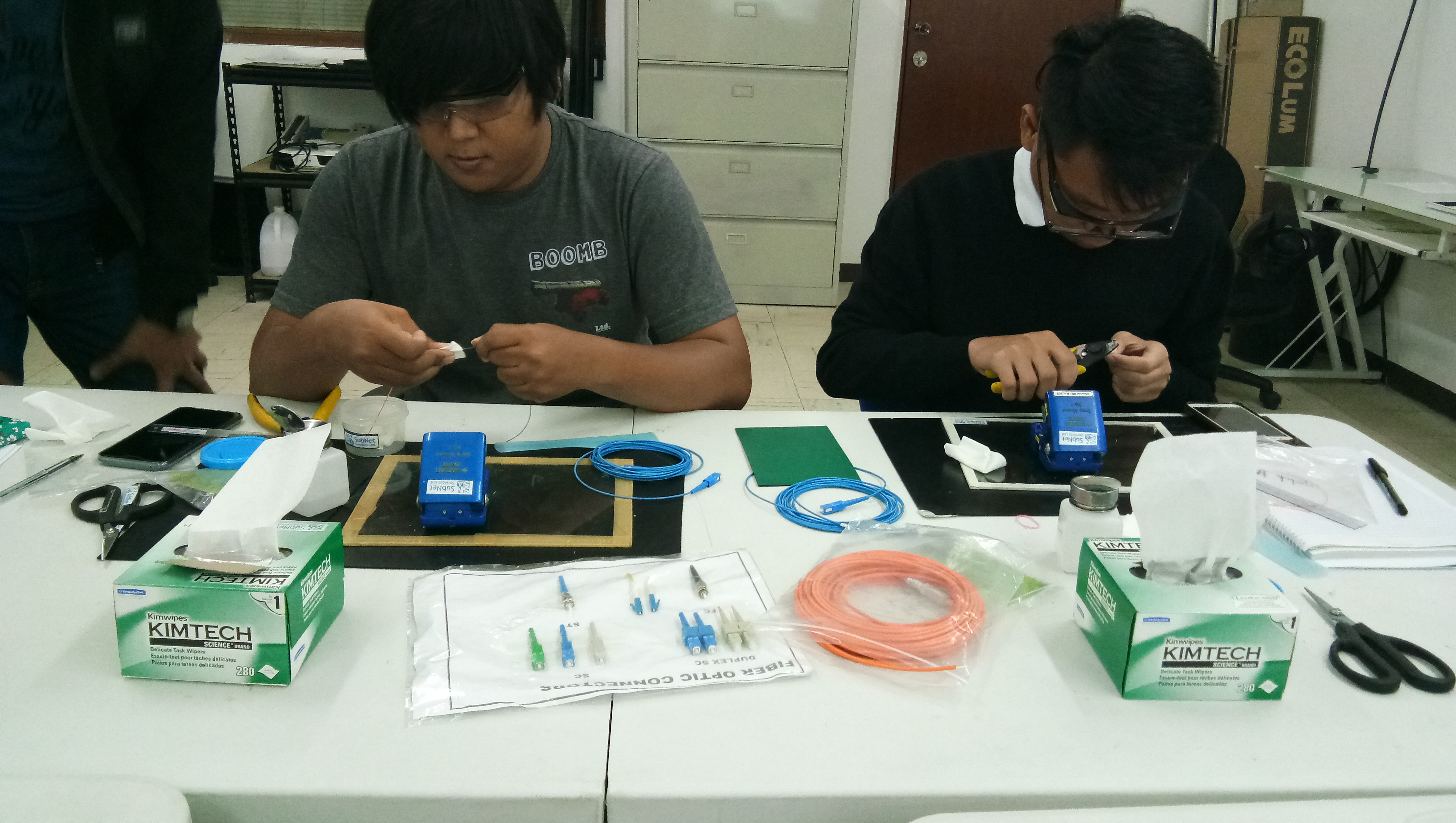
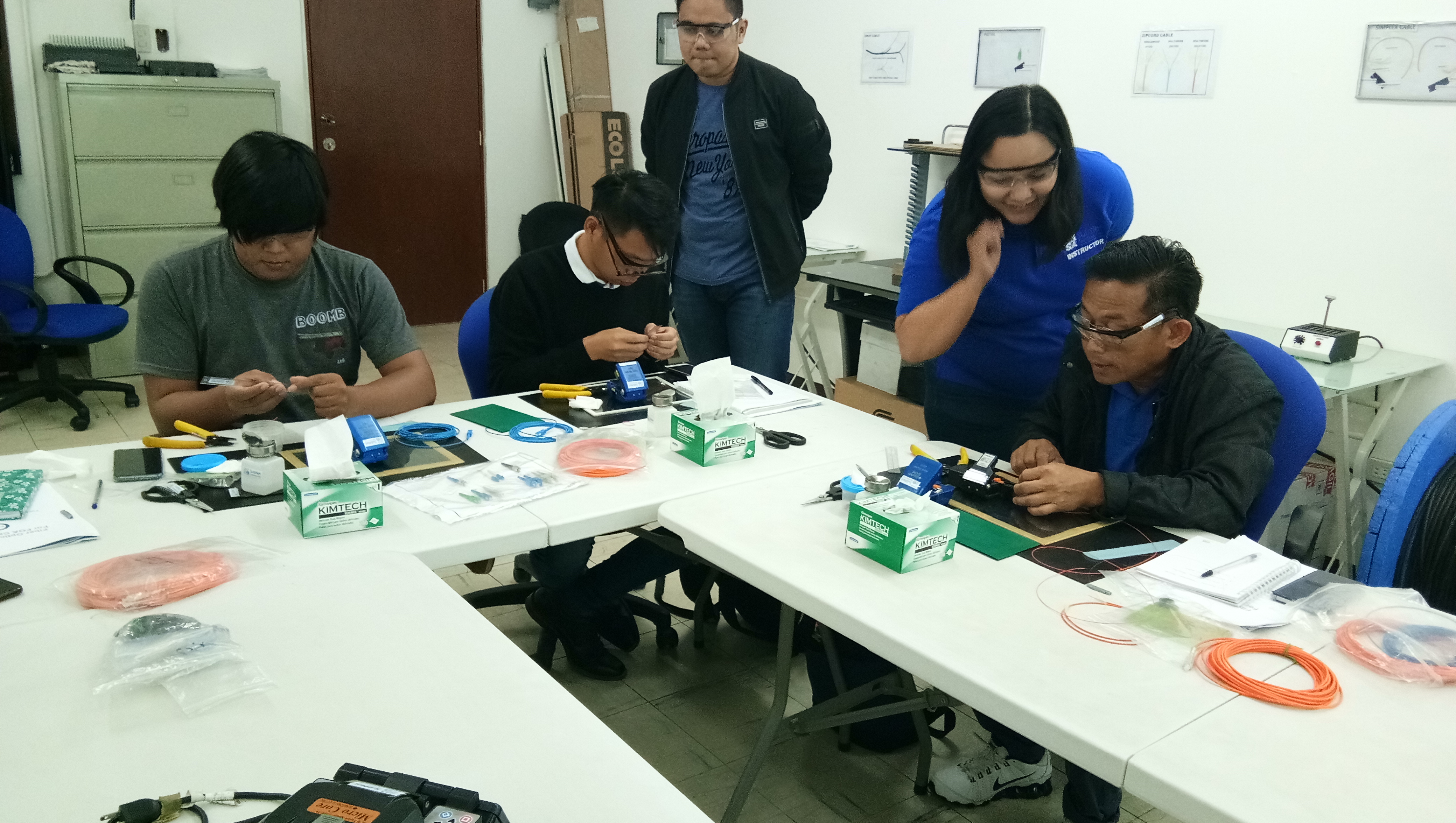
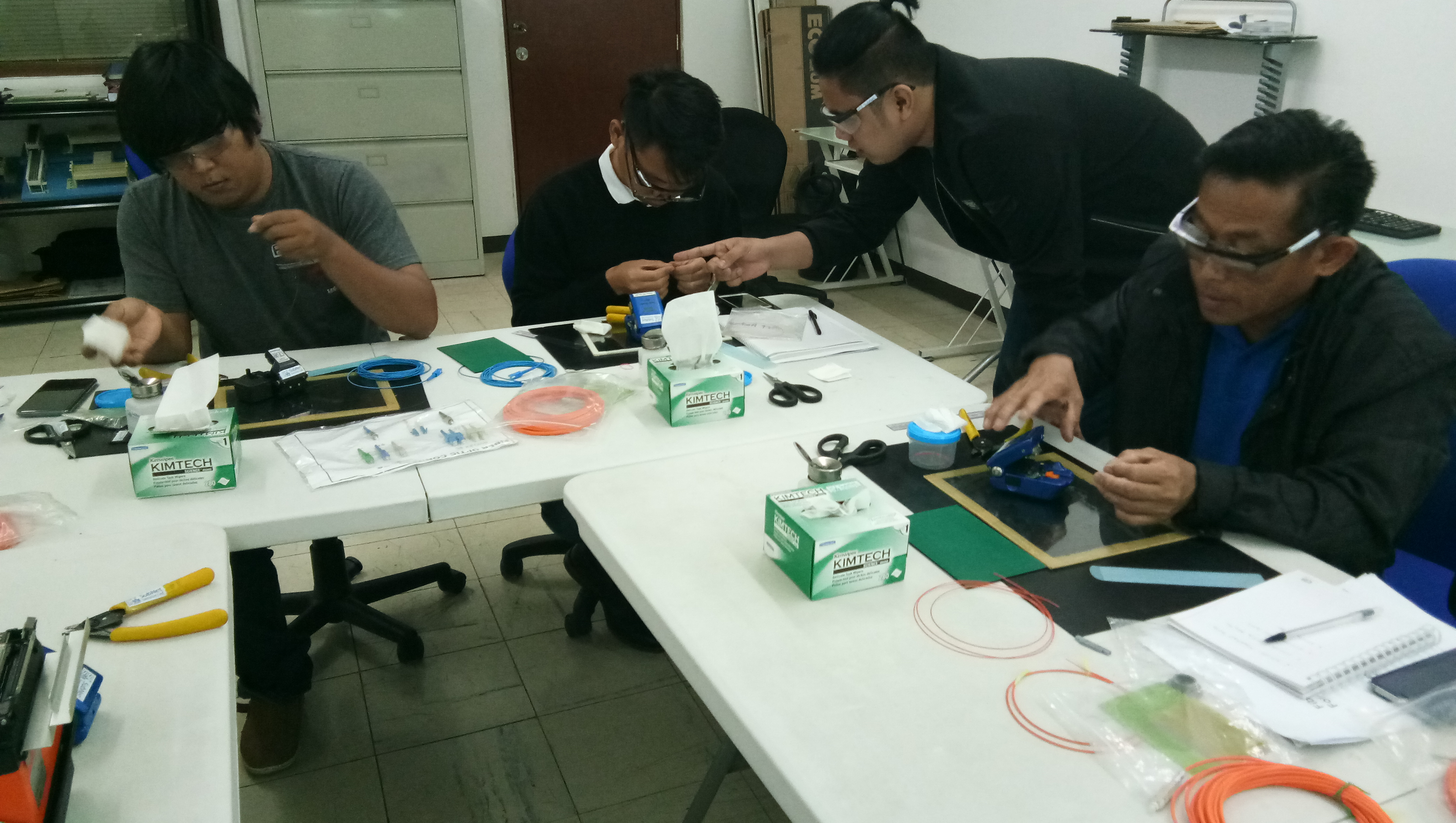
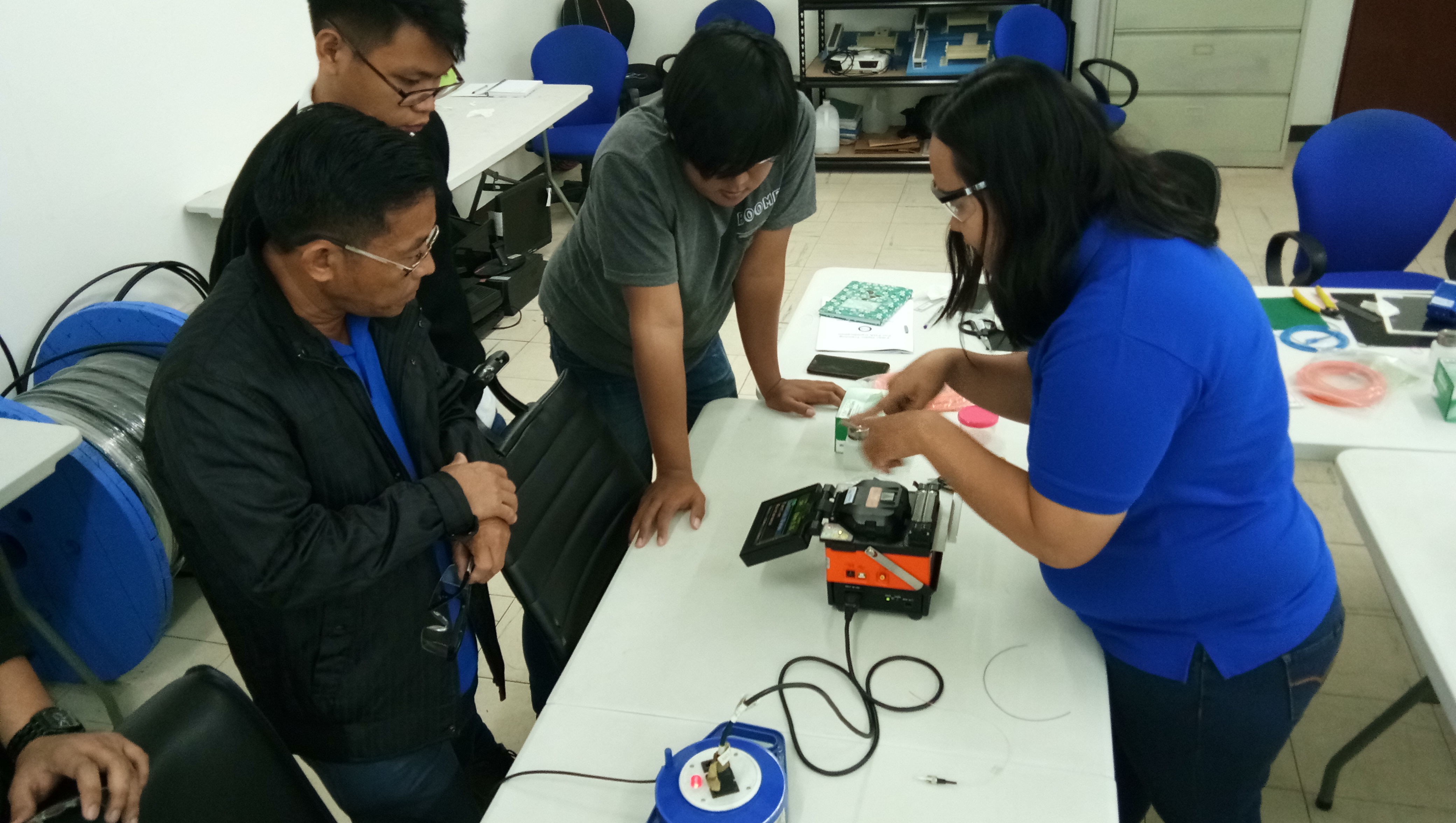
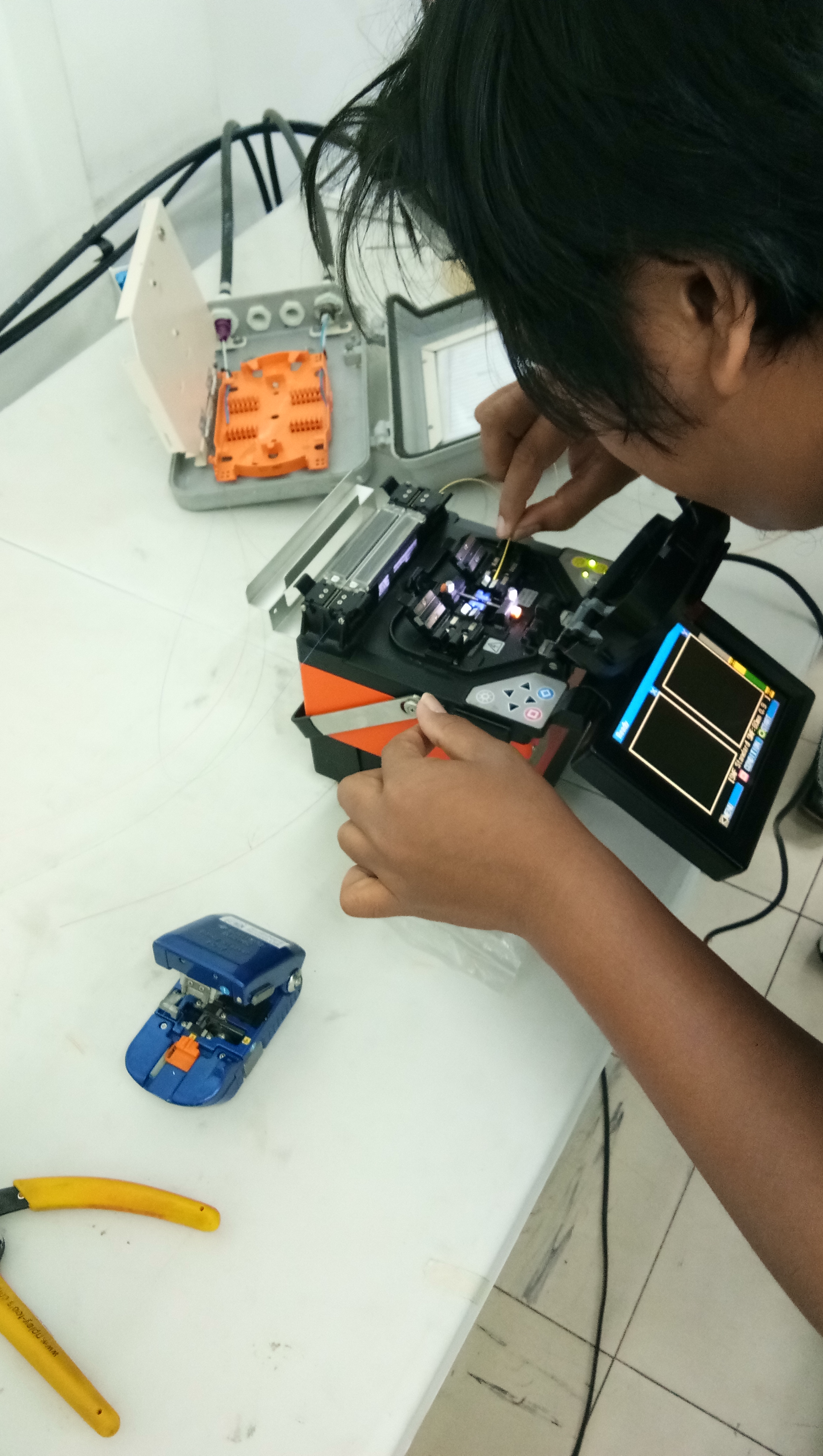
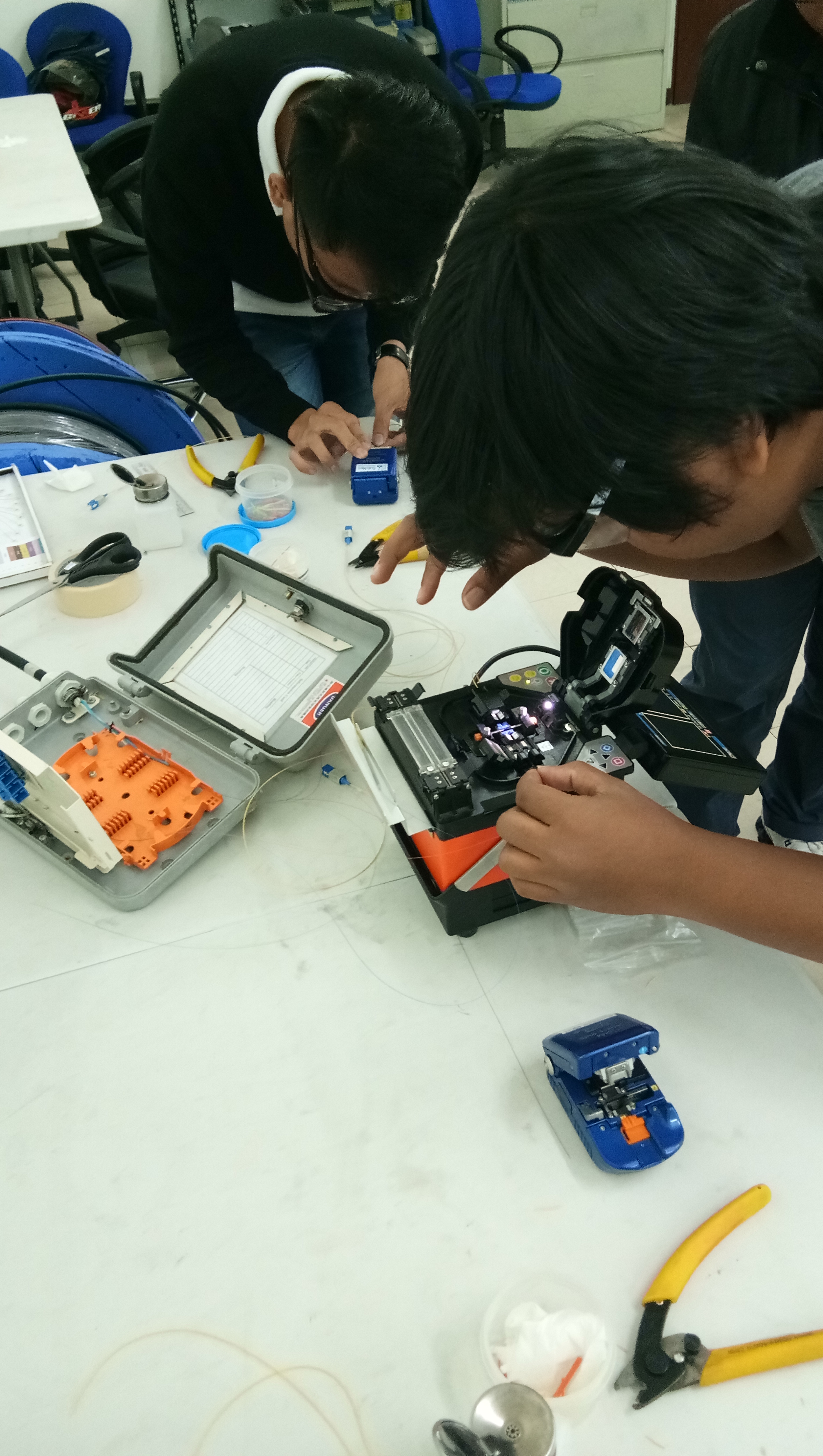
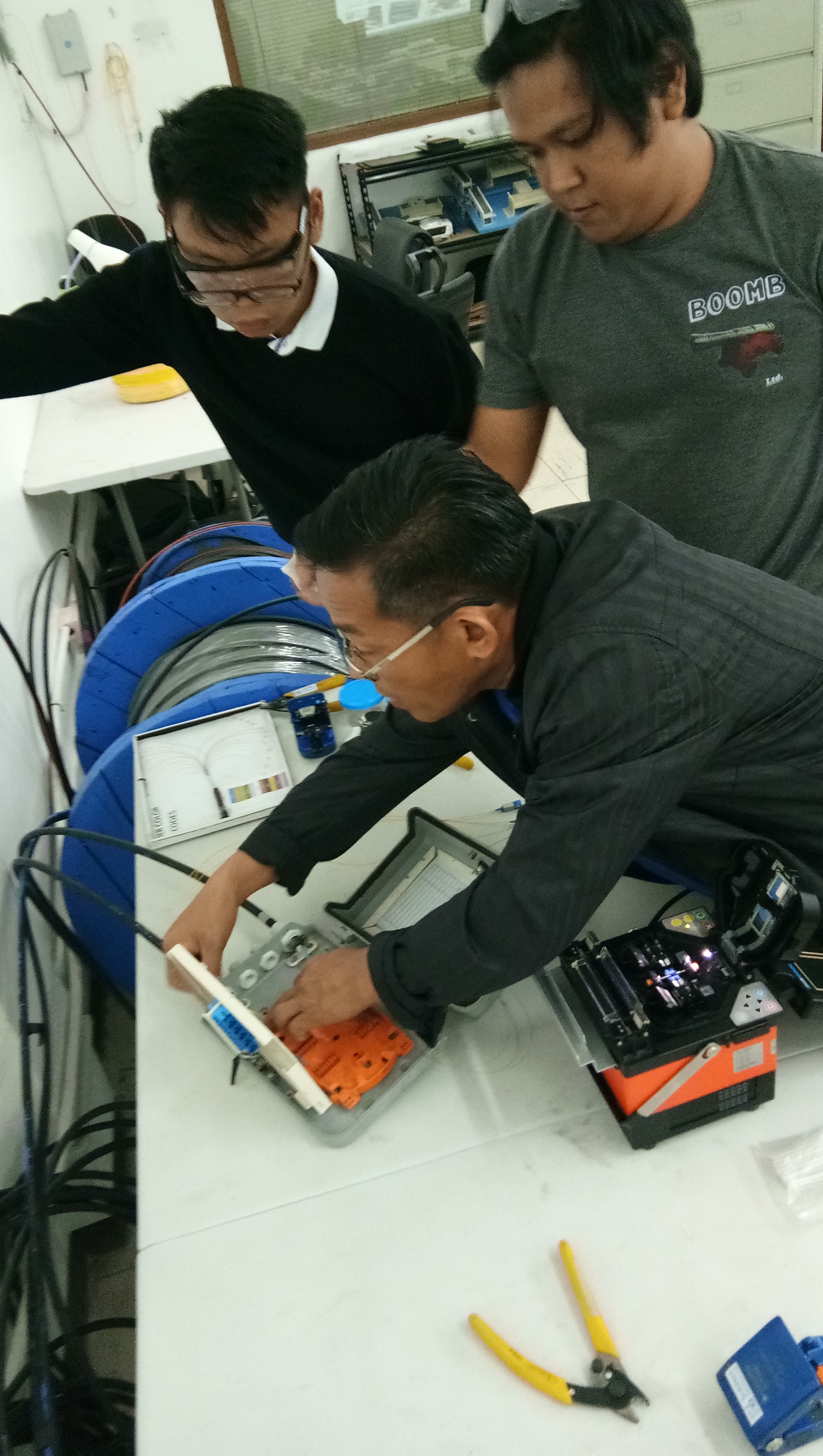
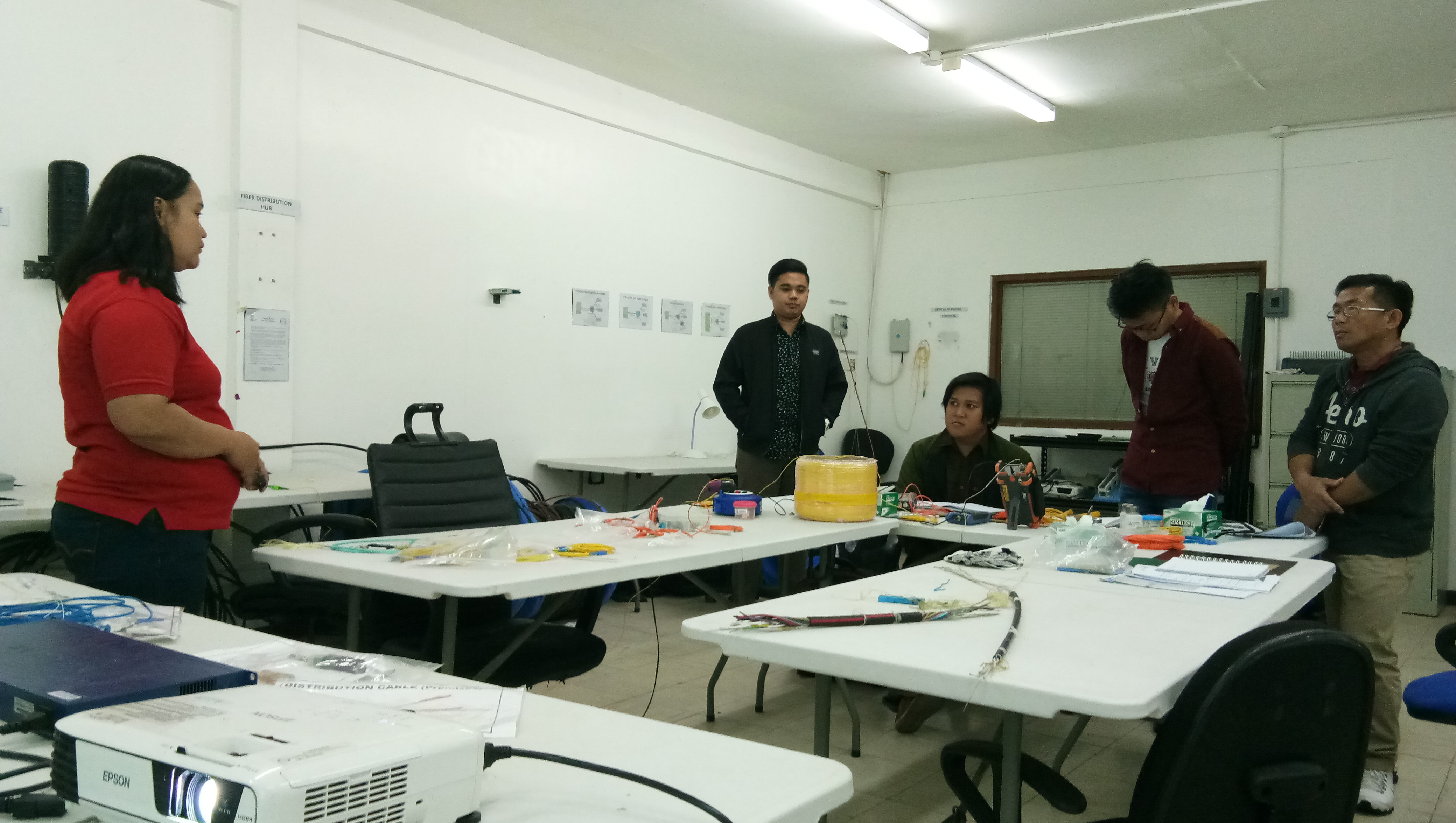
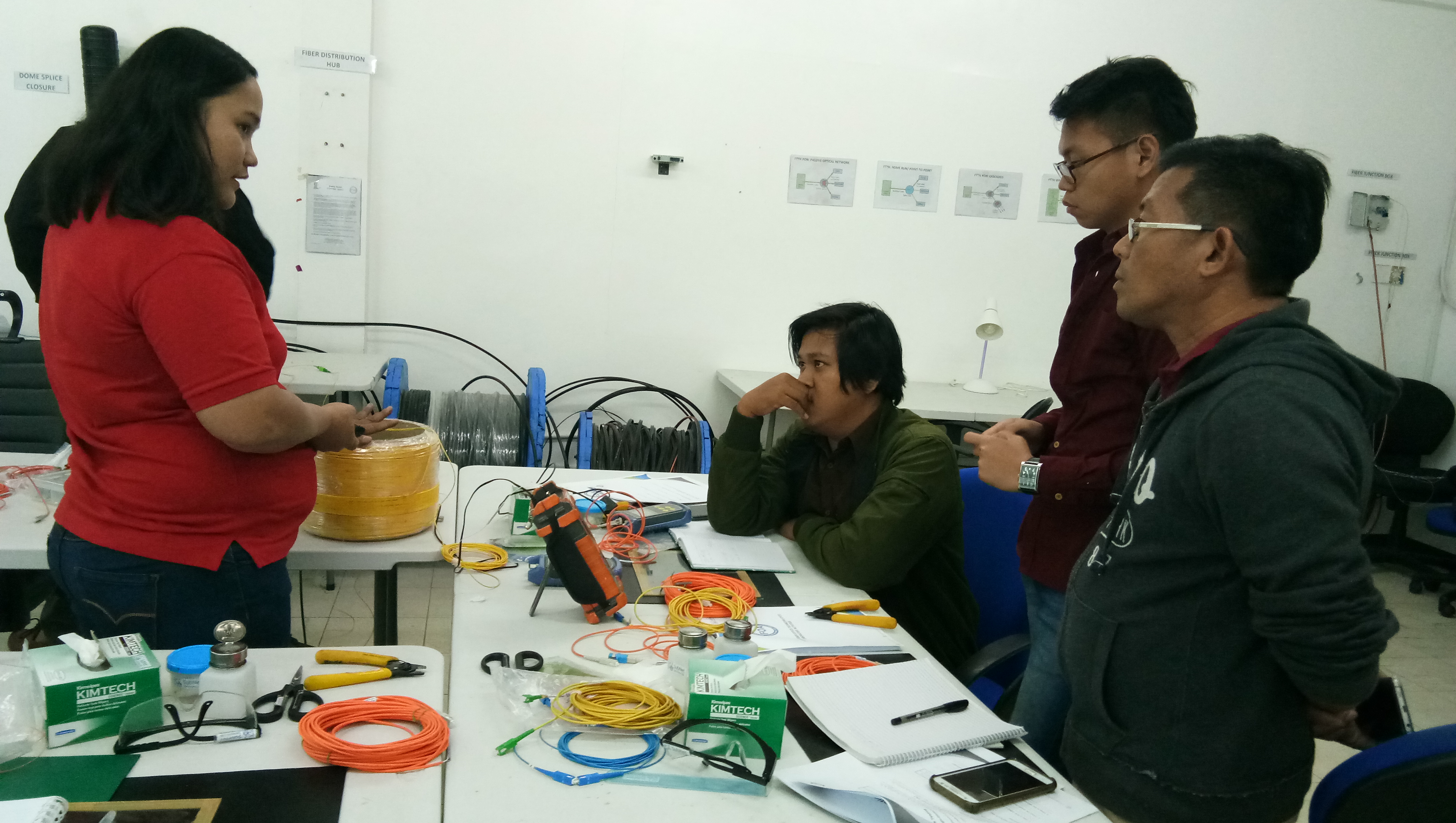
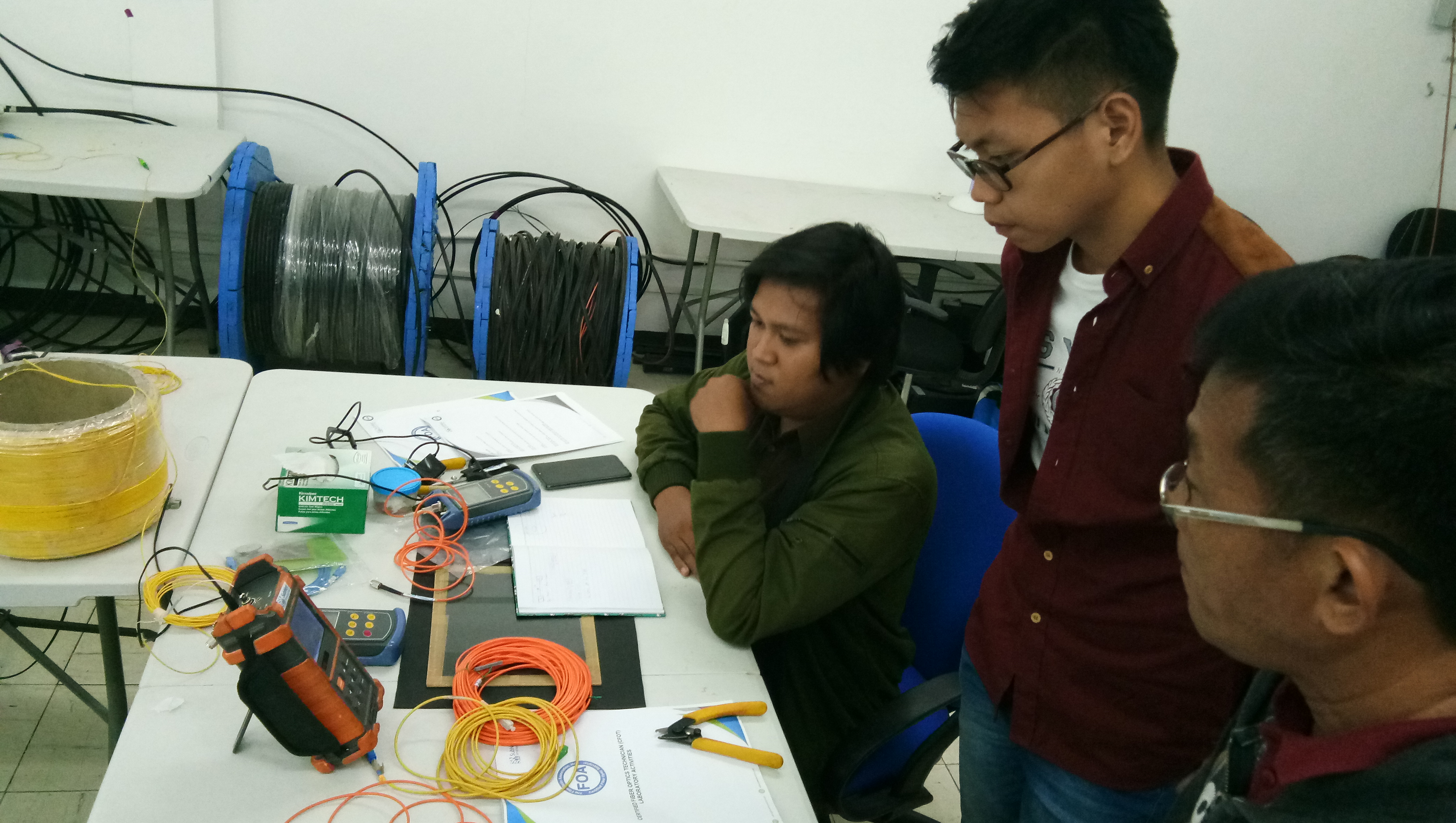
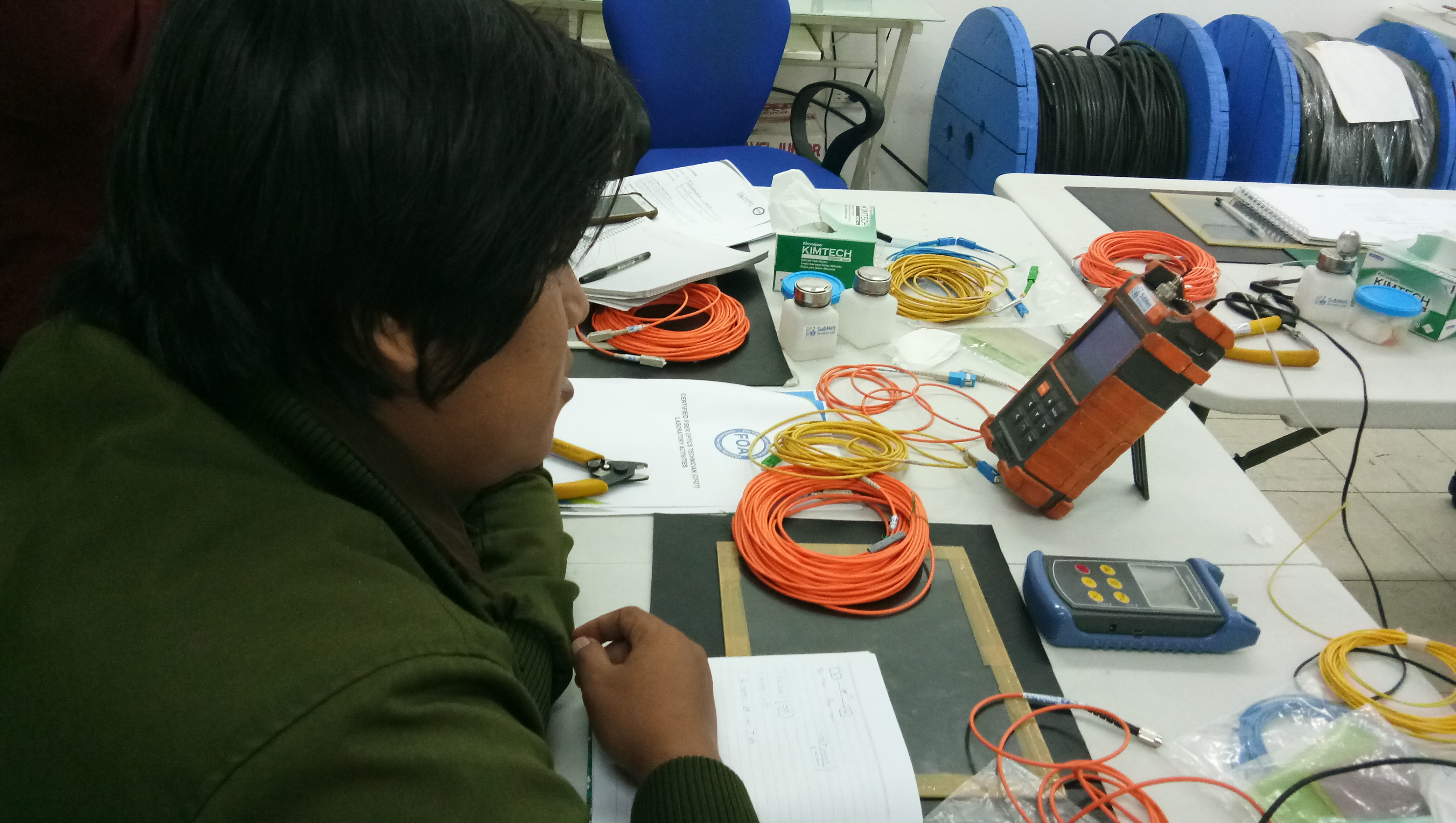
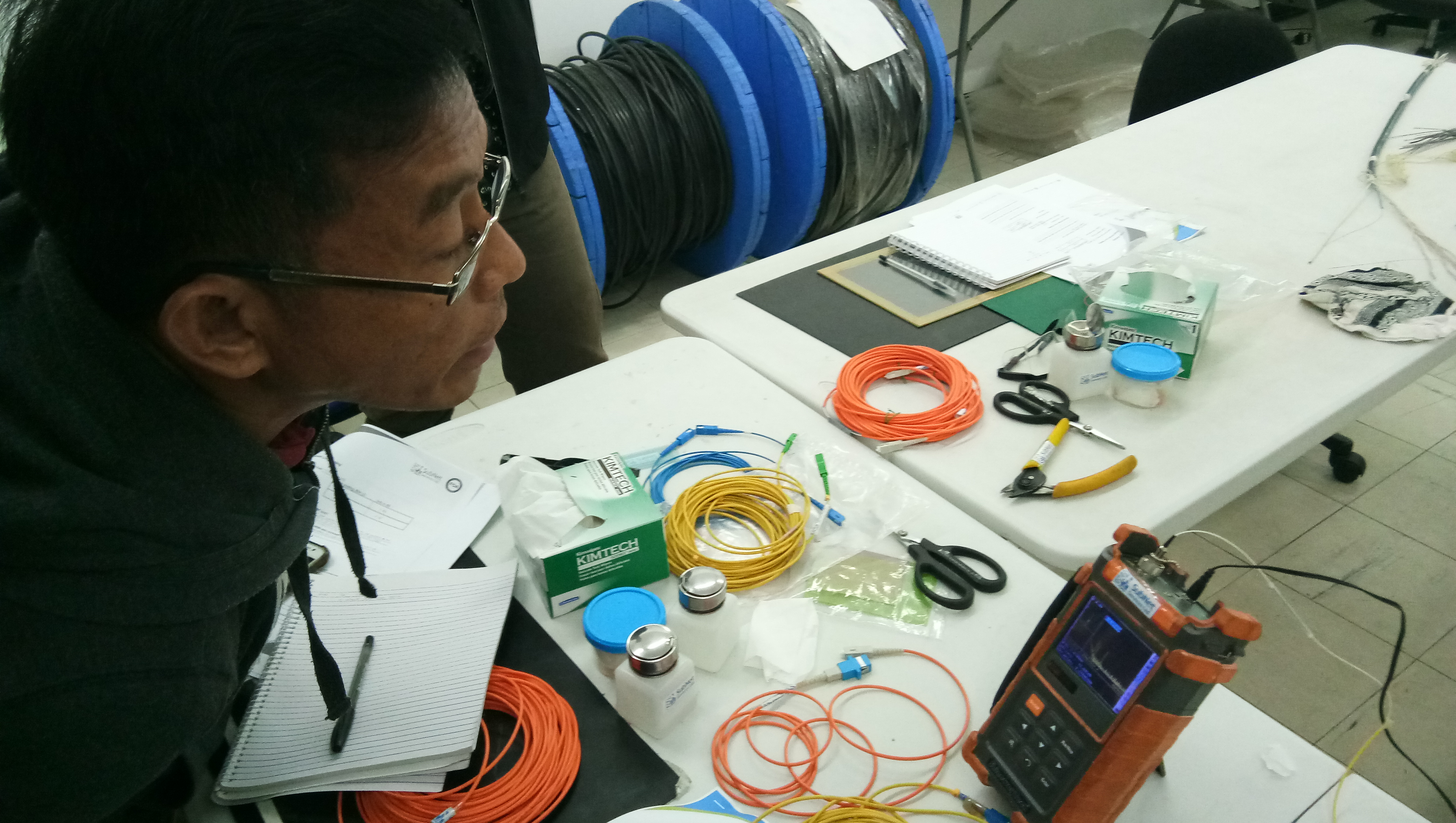

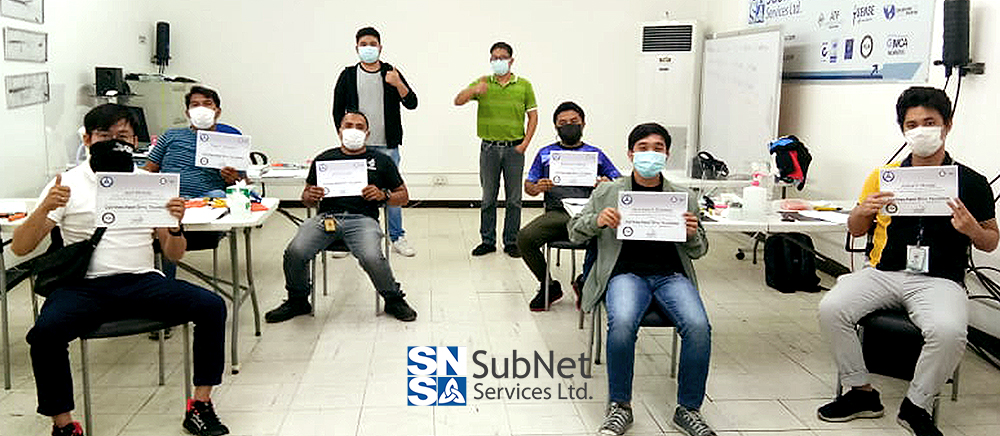
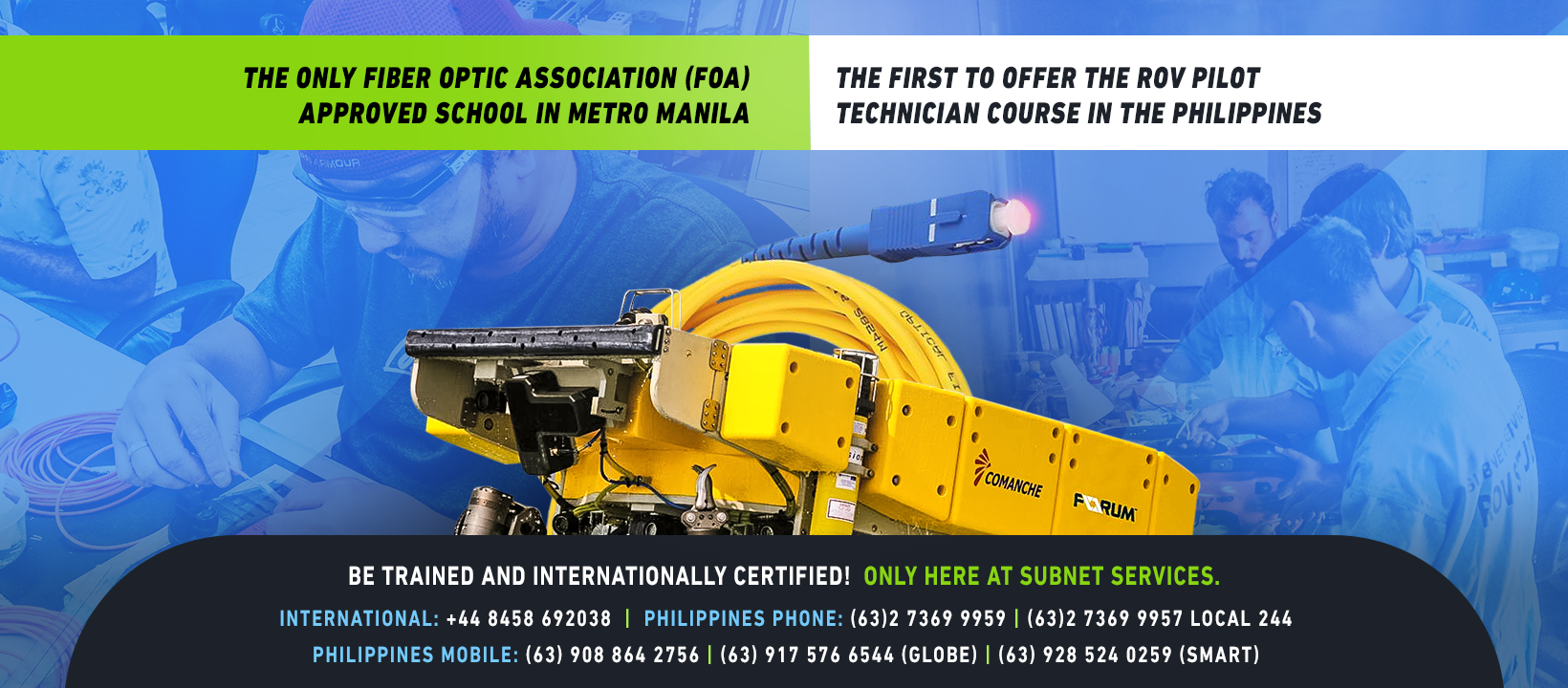
Leave a comment